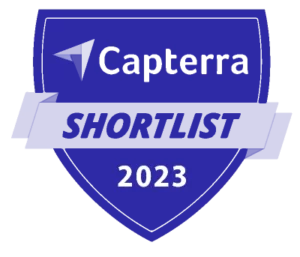“Seasonality is probably one of the easiest things to implement as a pricing strategy. It’s a really good place to start, to make more revenue. I would highly recommend it as the first step on your revenue management journey.”
So says Jordan Locke, former revenue manager at Expedia and Vrbo, and founder of RevPARTY Consulting vacation rental revenue services.
But “implementing seasonality” for your short-term rentals is easier said than done. Especially if you’re not sure where to start because you’re new to revenue management, or are too busy managing guest communication and coordinating cleaners to actually find a solution that could help.
Plus, experimenting with your nightly rates can feel risky. If you lower them too much, you could miss out on profitability; but if you raise them too much, your occupancy rates could drop.
That’s why in this post, we’re breaking down what seasonality really means.
We cover:
-
What vacation rental seasonality and seasonal rates really are
-
Common types of seasonality and how to determine which apply to your properties
-
How to determine your pricing strategy based on seasonality
-
How to set up seasonality pricing with our digital platform, Hostfully
We also asked Jordan for his best tips, so you can implement seasonality pricing at expert level right off the bat.
Vacation rental seasonality and seasonal rates explained
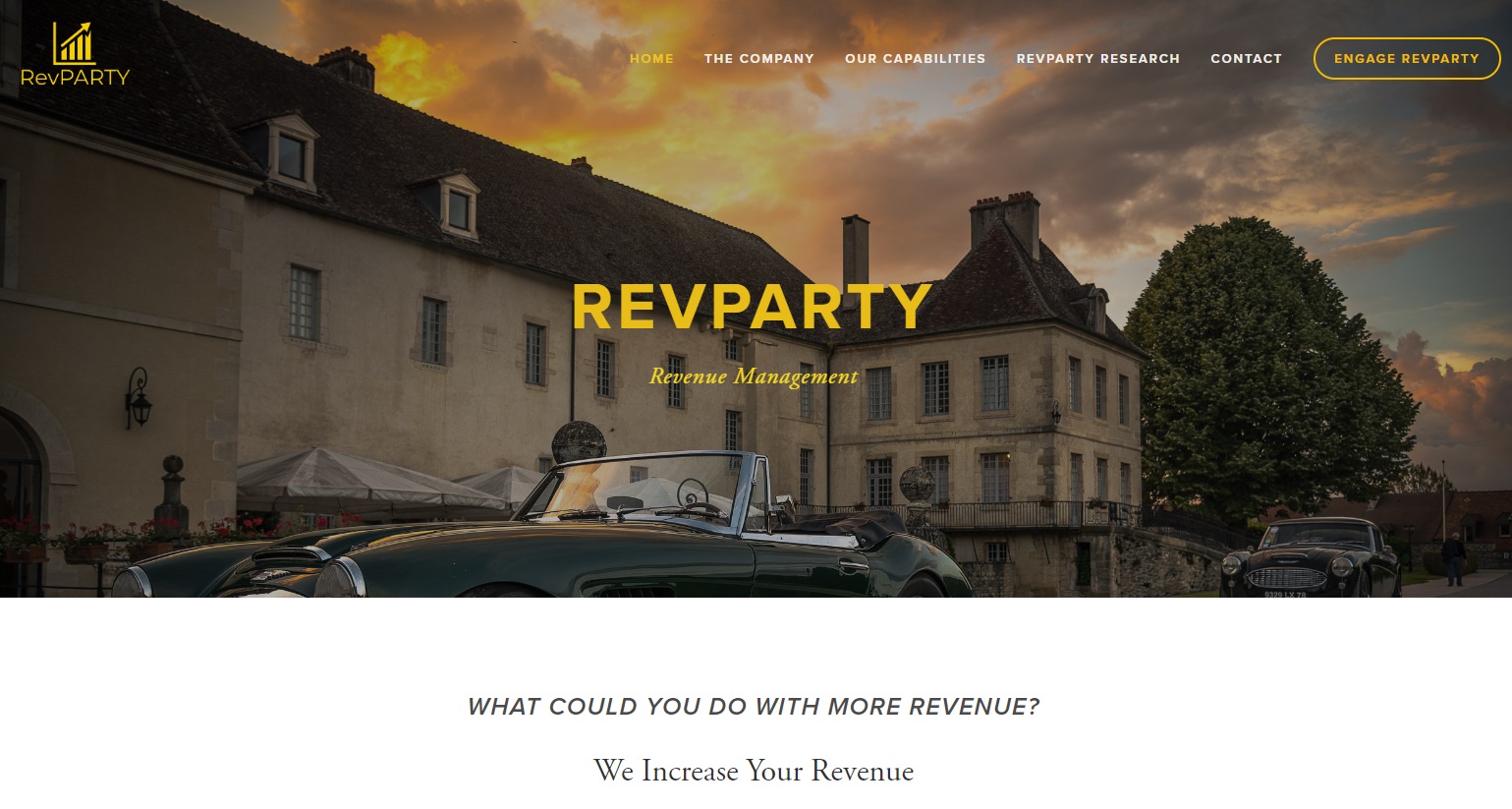
Source: Revpartyconsulting.com
Seasonal rates allow you to boost revenue and occupancy year-round, and ensure your prices are competitive no matter the weather, local events, or the time of year.
Jordan Locke defines it as: “The property demand that occurs, repeatedly and reliably, on a calendar basis.”
Another way of saying this is that “seasonal rates” are when price differs from your “standard” rate because of predictable changes in demand. So, you’ll charge more than average during a time of high demand, and charge less during a time of low demand.
Keeping it simple, you may have one “baseline” normal rate, which increases during times of high demand, and a “very low” rate that drops below your baseline at times of low demand, as a way to increase bookings during low season.
-
Higher rates ensure you’re maximizing revenue during times of high demand when your calendar is likely to be full anyway.
-
Lower rates help attract guests when your properties might otherwise stay empty.
As Jordan says: “What you’re trying to do is make sure you capture the top dollar for each night that you sell. So revenue management is that question of: ‘How much do I need to sell and at what price, to really maximize my revenue?’”
Common types of seasonality and compression events
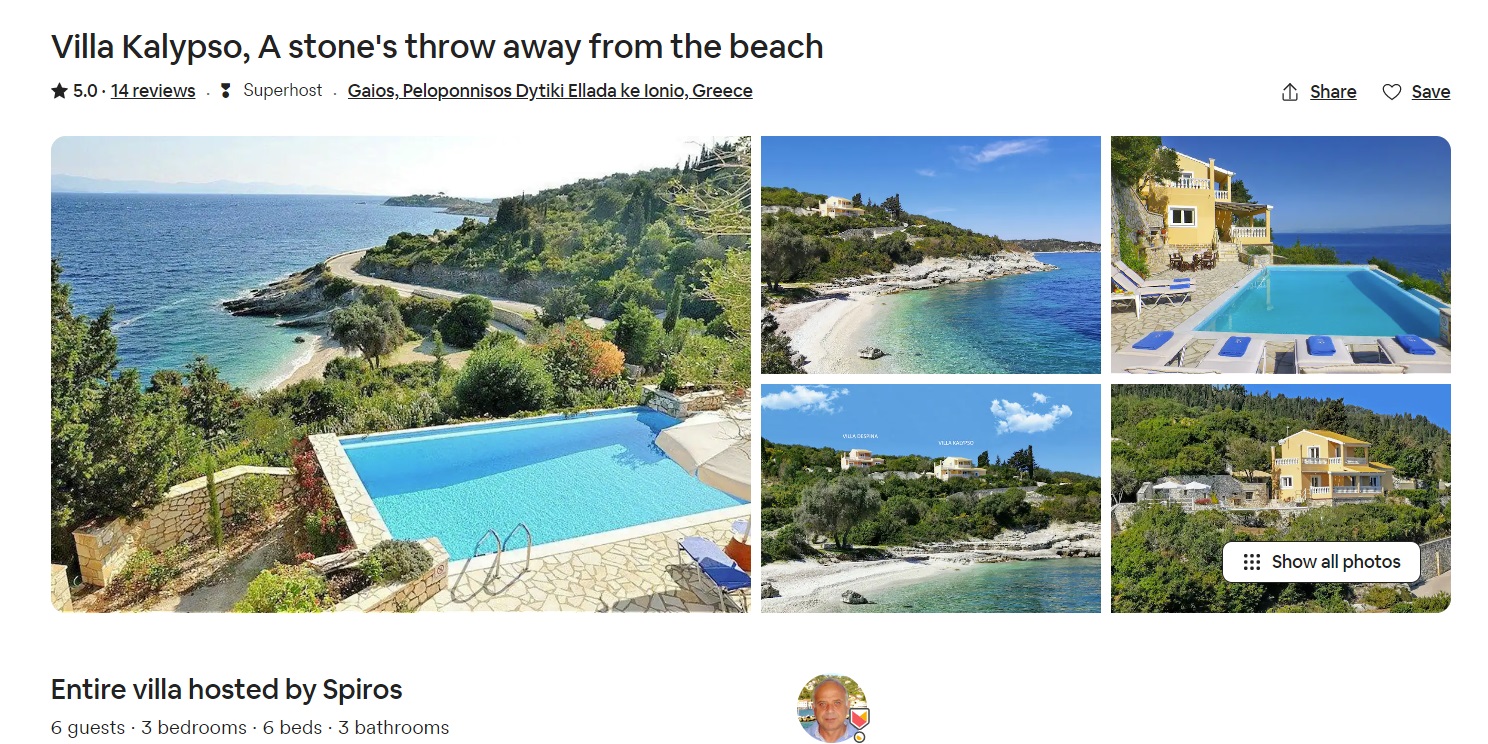
Source: Airbnb.com
The most common types of seasonality (depending, of course, on the type of property you have and its location), include:
- Summer high season:
Highest demand in the summer months. For example, beachfront villas.
- Summer high season with ‘shoulders’:
Highest demand during summer months, and still-high demand in spring and early fall. For example, apartments in city-break-friendly coastal cities.
- Winter high season:
High demand during the winter. For example, ski chalets near popular pistes.
- Dual high season:
High occupancy in winter and summer, with a drop in demand in spring and fall. For example, mountain cabins used for skiing in winter and trail hiking in summer.
- Year-round:
A property or location that sees stable demand throughout the year. For example, an apartment in a famous and popular city.
Demand can also fluctuate depending on the day of the week; for example, leisure guests are more likely to book at the weekends, while business travelers are more likely during the week. However, the most common types of seasonality are based on the climate and national or school holidays.

Source: Wendy Wei / Pexels
But other factors or events can also impact your “seasons” no matter the forecast. These, Jordan says, are known as “compression events.”
He says: “A compression event that drives demand is more of a one-off thing. For example, in Austin, we have the Formula 1 race. It’s really popular but it’s only one weekend. It’s a great weekend, everybody sells tons of rooms.”
So, though compression events are not seasonal pricing factors like school breaks or the summertime, they’re important to be aware of and can be a great opportunity to increase revenue.
For example:
- A music concert:
Music lovers will push up demand for a big act arriving in town, so appealing to them in your listings will likely boost bookings.
- A major sporting event:
Sports fans flocking to town for the big game will be lining up to book your properties if they’re located near the stadium.
- An international trade show:
If you live near a convention center during a big trade event you can tailor your listings toward business travelers.
While seasonality and compression events can be great for business, you may prefer less variable demand. This is because these types of rentals are more likely to generate stable revenue throughout the year, and are less reliant on conditions you can’t control (like how many concerts a stadium will book over the course of a calendar year).
But, with the right strategies and tools in place, you maximize occupancy and take advantage of surges in demand.
Determining your pricing strategy based on seasonality
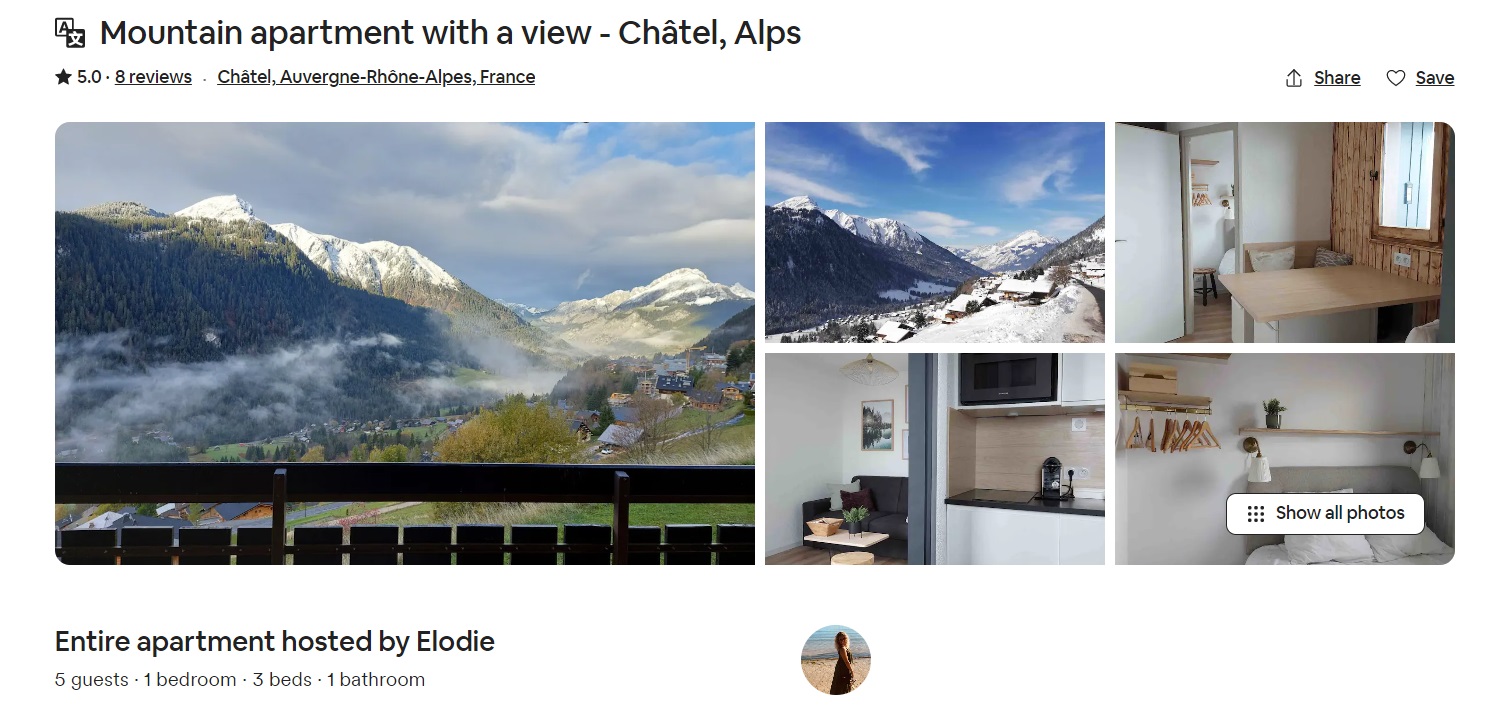
Source: Airbnb.com
Determining a successful seasonal pricing strategy can be a full-time job in itself. After all, major hotels and OTAs have specialist revenue managers like Jordan for a reason. Balancing the factors that can affect demand is rarely as simple as whether the sun is shining or not.
The “perfect” pricing strategy will likely require an approach that’s a mix of manual and automated processes and systems.
Manual calculation
To keep things simple, you can manually calculate any changes to your “baseline” rate, or use them as a starting point.
When preparing for the high season, consider factors such as:
-
Weather, typical forecasts, and seasonal temperature norms
-
Local activities and when they’re most popular (such as skiing, hiking, and cycling)
-
Your typical guest and their habits, such as families taking trips during school vacation time
-
The pricing of nearby comparable properties, to give you insights on others’ strategies and to stay competitive
-
Fees for extras like cleaning or security deposits. These may not change throughout the year—but they could also fluctuate with demand (for example, if your cleaning team charges higher rates during peak season)
You may also want to charge different prices depending on the OTA you’re using, as each charges different percentages of your overall payment. You can change your rate per platform so you’re getting the same income per night no matter where the booking comes from.
Consider offering discounts for weekly or monthly stays. This is a good strategy to attract long-term guests, who are easier on operations as they require fewer turnarounds and less messaging.
Planning ahead

Source: Airbnb.com
Another type of “manual” strategy to boost revenue and occupancy, and position your rentals as competitively as possible, is to plan ahead and think about what your ideal guests are searching for in advance.
As Jordan explains: “The first thing I would say is to seasonally adjust your listing for your property.
“Know your average lead time, and what people are shopping for now, so you can seasonally optimize your listing. In March or April, it’s maybe too late for spring bookings, but people are looking ahead to summer.
“So maybe I want to start adding pictures for pools, and advertising my summer amenities, because people are booking for summer now. So you can do that for every season, every location. You can add pictures, change descriptions…update your marketing to match your booking season.
“If you start with that, it’s going to help raise your rate and increase your occupancy because you’re getting more eyeballs on your listing. You’re presenting better.”
Digital dynamic pricing calculation
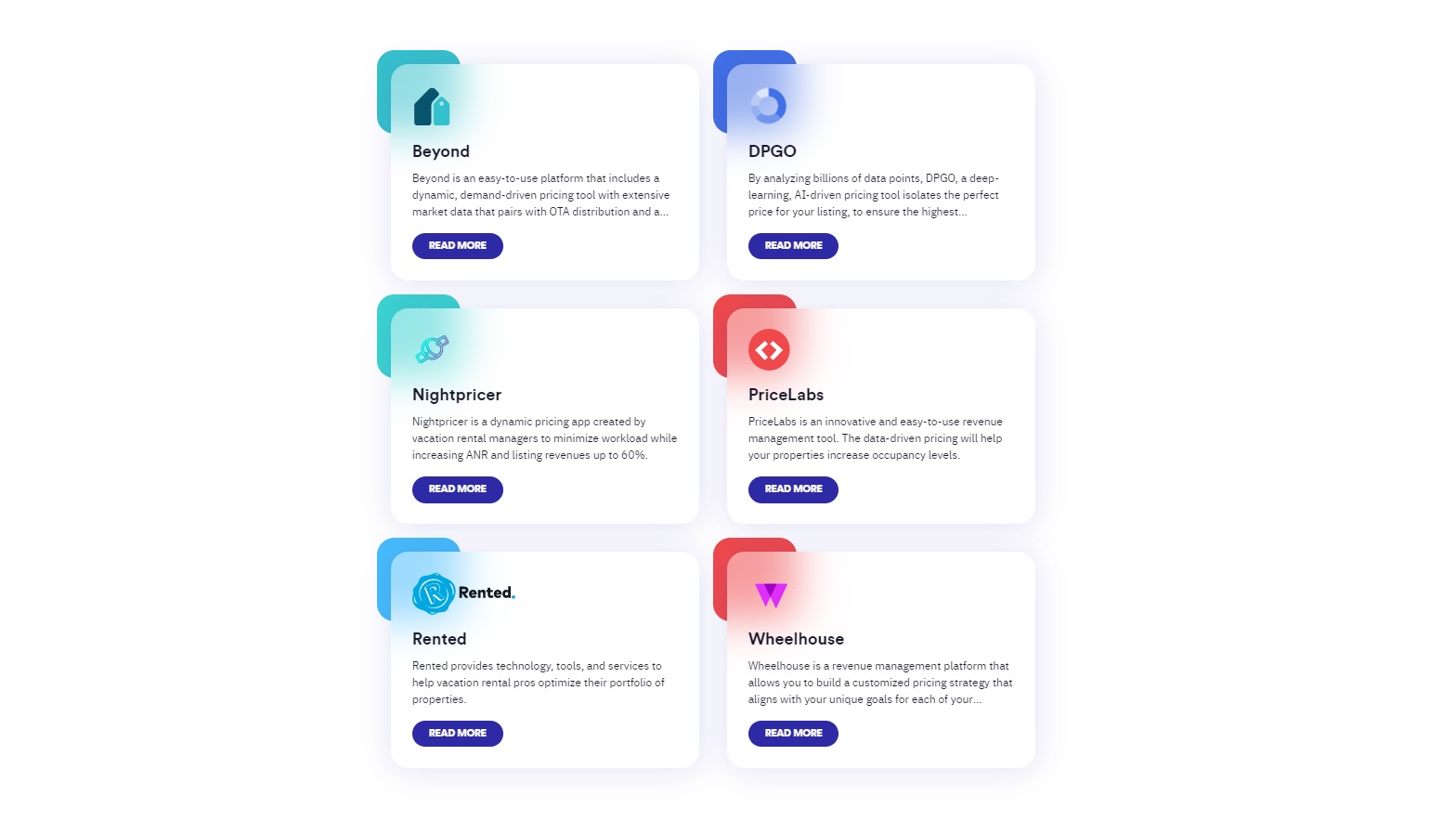
Source: Hostfully.com
Manual calculation is one thing, but the most efficient way to determine your overall seasonal pricing strategy is to use a dynamic pricing tool too. This will save time and stress, and, unless you’re a dedicated revenue management analyst, will also get better results.
Some OTAs, like Airbnb, let you toggle a basic version of a dynamic strategy (for example, Airbnb calls it “Smart Pricing,” and you can turn it on and off).
But vacation rental management platforms like Hostfully integrate with much more advanced dynamic pricing tools like Beyond, DPGO, Nightpricer, PriceLabs, and Wheelhouse, for better results.
Each of these uses its own algorithms to adjust nightly rental rates based on millions (yes, millions) of variables and data points—many more than is possible manually—to ensure the most optimized rates throughout the year.
They not only consider points like seasonality, local events, and competitor rates, but can also factor in local search trends, historical booking data, and how your property’s amenities affect demand.
Dynamic pricing plus intelligent insight
Even if you use a dynamic pricing tool, you still have to tweak it intelligently to get the best results, Jordan says. In fact, he recommends that an optimal rental pricing strategy uses both manual insight and the automation of a digital tool.
“Whatever software you have, it needs to have customizability, so you can make it fit your property and target guests,” he says.
“If your target audience is a digital nomad, they may be willing to pay different rates to a family. And they’re probably booking different lengths of stays. A digital nomad, a family, a couple…they all have different patterns of behavior.
“But you can’t go into pricing software and just select ‘digital nomad.’ So you have to do that yourself and make it match your strategy.”
Setting up the right rate with Hostfully
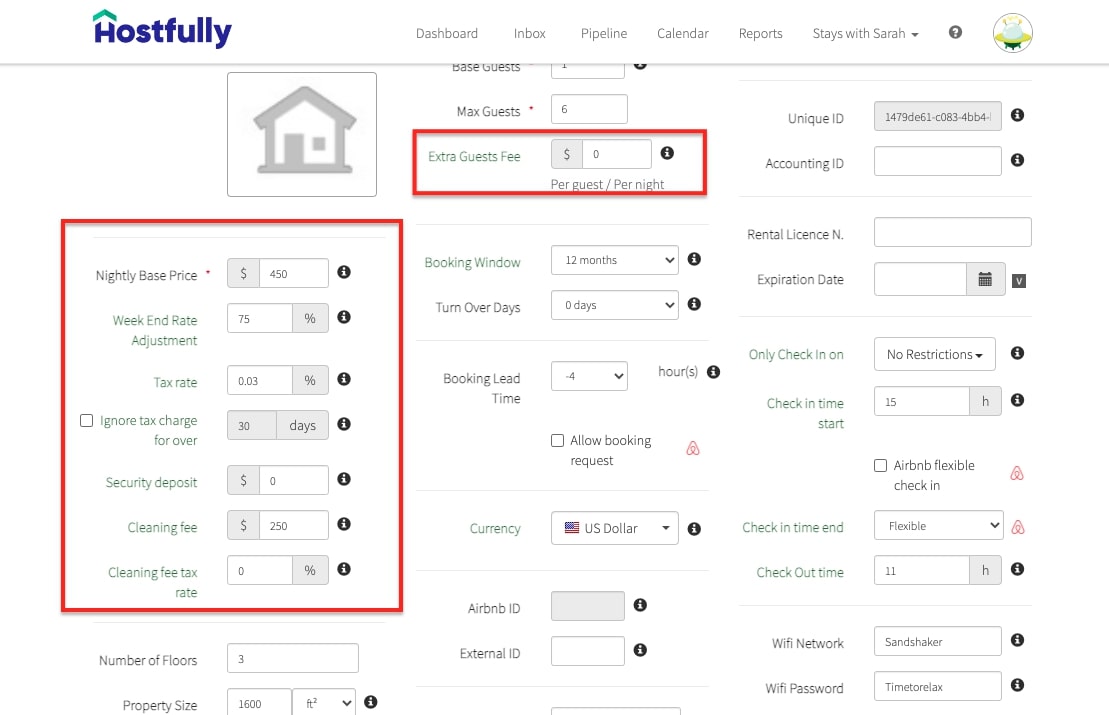
Source: Help.Hostfully.com
Hostfully makes it easy to set up competitive pricing for your rentals, based on all of these factors. We have several pricing tools that you can customize to adjust rates, just as Jordan recommends.
These include:
-
Setting a base rate
-
Adding extra fees or deposits
-
Changing prices depending on the booking channel
-
Setting up discounts (such as weekly or monthly discounts)
-
Bulk price editing
Setting up seasonal rates in Hostfully
To apply different seasonal rates, you can set “Pricing Periods” and apply them to specific seasons, holidays, conferences, or events. This dashboard is found within the Agency Settings area.
You can select a certain block of dates on a visual calendar, and edit the pricing for that period for a certain property, giving it a name so you can identify the main reason for the change, such as “Conference”.
Other pricing settings in Hostfully
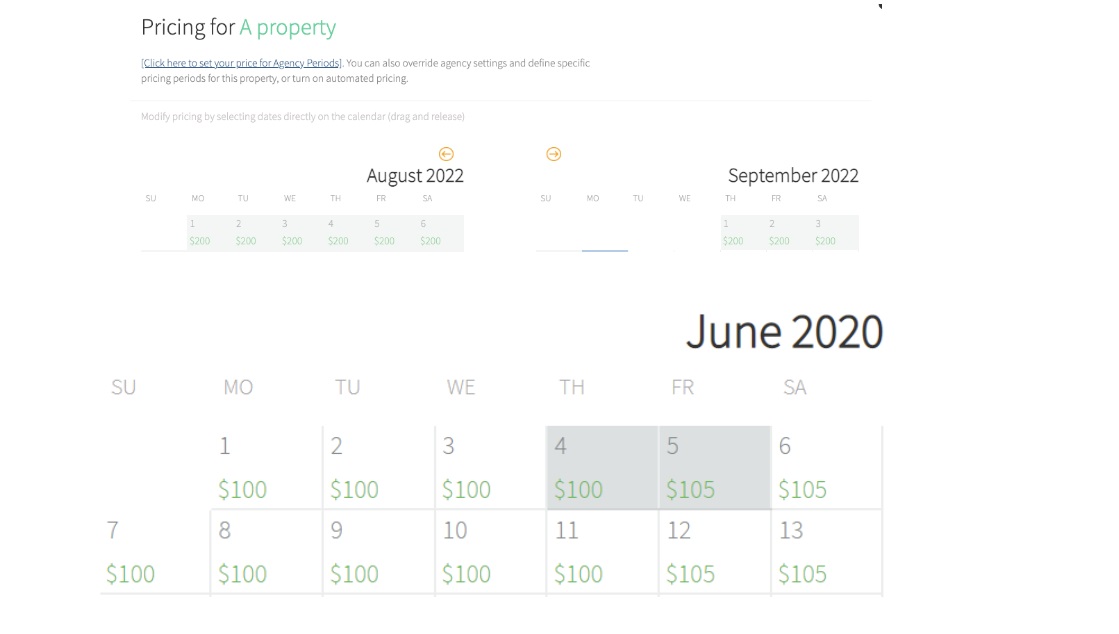
Source: Help.Hostfully.com
Within Hostfully, you can also configure:
-
A weekend rate adjustment by percentage
-
Added taxes
-
Cleaning fees, in percentage or absolute amount in dollars
-
Extra fees per additional guests
Hostfully also lets you set different daily rates for blocks of time on an at-a-glance calendar.
If you integrate your Hostfully PMP (property management platform) with a dynamic pricing provider, it will set and sync daily rates for you.
However, you’ll still need to set weekly or monthly stay discounts in Hostfully manually. You can do this by setting pricing rates by percentage. For example, increasing the rate when the stay is for fewer than a certain number of nights, or decreasing it when the stay is for more than a certain number.
You can also decrease your rates for last-minute bookings or for early-bird reservations.

Source: Help.Hostfully.com
Hostfully also lets you change your rates depending on the channel the booking comes from, with our Channel Rate Multiplier.
This simple tool takes the commission fees for different channels, and lets you edit your pricing depending on the extra fee charged by each OTA, so you always get the same income per night no matter which site the guest uses to book.
Vacation rental seasonality: The right rate all year round
Having a seasonal pricing strategy can mark your rentals out from the crowd and ensure you maximize revenue and occupancy year-round.
The most common types of seasonality center on climate and holidays, but other factors, like compression events, can also have a major impact on demand. Planning ahead and considering what your ideal guest is looking for is also another important consideration for any successful pricing and marketing strategy.
And, though implementing a dynamic pricing tool may feel risky, since you pay by reservation, it’s actually very safe—you just set it up, see the results, then decide if you wish to continue or not.
Even so, the perfect seasonality pricing strategy uses a mixture of manual tweaks and the power of a pricing tool—for the optimal balance of insight and automation.
And using a platform like Hostfully, which offers both a high level of customization and integrates with leading dynamic pricing tools, helps you get the best of both worlds. So you can target the right guests, at the right time, with minimal effort.
As rental industry revenue expert Jordan says: “More people ‘flat price’ than you think. So if you implement seasonal pricing, you’re already doing better than half the vacation rental market.” Sounds good to us.
Frequently asked questions about vacation rental seasonality
What defines a seasonal rental?
A seasonal rental is a short-term vacation rental property that experiences considerable and predictable fluctuations in demand over the course of a calendar year. The climate and holidays are typical factors in seasonality.
What does low seasonality in vacation rentals mean?
Low seasonality refers to vacation rental properties that don’t experience much change in demand throughout the year. These types of rentals are more likely to generate stable revenue irrespective of the climate or whether it’s a vacation period.
This is because they’re less reliant on conditions that owners can’t control (like weather or local events), and are located in year-round popular locations, like major cities.
What’s a seasonal pricing example?
A seasonal pricing example for a vacation rental is anything that repeatedly and predictably affects the nightly rate of a property.
One example would be charging more in summer for a beach hut, and less for the same hut in winter, when the weather is less beach-friendly.
“Seasonal” pricing can also change depending on other factors that affect demand, such as any annual events or school vacation dates.






